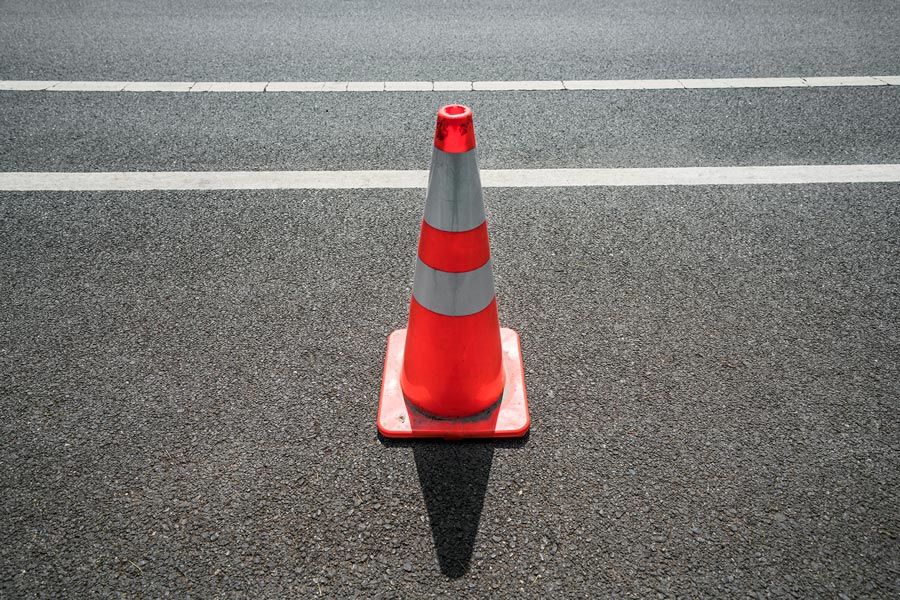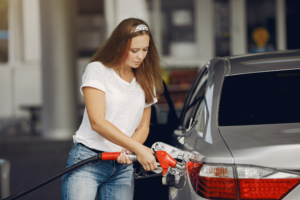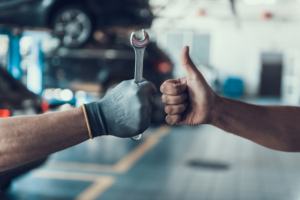Using Australian roads is an inescapable aspect of many Australian’s lives. With the vastness of Australia, these roads can present a wide range of shapes and conditions. Driving through urban streets in the middle of the day won’t be the same as going through rural areas in the middle of the night. You have to be watchful of your actions and the actions of other drivers you are sharing the road with. So, it might be a good time to review some safe driving tips.
Be Alert
Being a safe driver all stems from being an attentive driver. Maneuvering a multi-ton piece of machinery should be handled with care. Here are some tips for safe driving.
- Check your mirrors. Before heading off, make sure that your mirrors are still in their proper orientation. As you drive, make sure to periodically check your mirrors, especially when changing lanes.
- Do a head check. No matter how well adjusted your mirrors are, they won’t always give the whole picture. When changing lanes or pulling out of a curb, quickly turn your head to check for potential cars or bicyclists.
- Keep a safe distance from the vehicle ahead. When travelling at high speeds, make sure that you have multiple car lengths of space between you and the car ahead. Many recommend a two-second gap from the vehicle in front. This should allow for an adequate time to begin braking in the event of an emergency. To work out the gap, pick an object on the side of the road and start counting once the rear end of the car in front passes the object. Stop counting when the front of your vehicle reaches that object. When in less than ideal conditions such as night-time or bad weather, increase the gap to four seconds.
Know the Rules
In addition to being alert, a safe driver should know the rules of the road. For the most part, many of the rules are simple. However, some drivers can still be confused about what to do. Here are some commonly misunderstood rules.
- Passing or Overtaking Trams. Coming across a tram traveling through a city street can be confusing. It is vital to keep track of the tram and see if it’s coming to a stop at a tram station. If it does, you must stop your vehicle so that it is not ahead of the rear of the tram. While the tram doors are open, you cannot proceed forward. If the doors have closed and there are no pedestrians on the road, you are free to begin passing the tram at a slow speed.
- Giving way on a roundabout. When stopped before a roundabout, you must give way to vehicles already in the roundabout. Regardless of whether they are to your right or left, you must give way if they are on the roundabout.
- Emergency Vehicles. If there is an emergency vehicle behind you, you must move to the left as far as possible. If moving to the left is not possible, slow down or come to a stop so that the emergency vehicle can pass. Additionally, if you are passing a stopped emergency vehicle on the side of the road, you must slow down for the safety of the emergency workers.
What to Avoid
Knowing when it’s better not to drive is another hallmark of a safe driver. Sometimes it can’t be avoided, but try your best to abstain from driving in the following situations.
Driving at Night
Trying to drive with decreased visibility is never a great idea. Combine the lack of sunlight with the glare of headlights from oncoming traffic, and your visibility is seriously compromised. This is even more important if you plan to drive outside of urban areas. With no street lamps, you will depend on just your headlights for visibility.
Additionally, the vast wildlife of Australia starts to become more active when the sun goes down. This leads to an increase in possible collisions with animals scurrying onto the road.
Bad Weather
Inclement weather, such as heavy rainstorms, poses a threat on two fronts. The first is the limited visibility that can be worse than driving at night. Given a sufficiently dense downpour, your vehicle’s lights will have trouble cutting through the rain. This can leave you solely relying on the taillights of the car in front of you to know when to stop.
Additionally, a wet road can leave your tires with a third to half of their traction gone. This is why keeping an even further distance between you and the car ahead of you during bad storms is crucial.
Driving Fatigued
Do your best to avoid driving during hours you usually sleep or after not getting sleep for an extended period. If you are planning a very long drive, try to bring a partner to trade the wheel off with. Fatigued drivers can go through microsleeps that last for only a few seconds. However, a couple of seconds is enough for an accident to occur.
Research has shown that going a whole day without sleep has the same effect as a blood alcohol level of .1, double the legal limit.
Seat Belt Safety
Vehicles around the world have seen constant improvements to their safety. From better chassis construction to automatic braking, car safety has constantly improved. However, one facet of vehicle safety has remained unchanged for decades, the seatbelt. Simple in its function, it is the number one thing a safe driver can use to have a better chance of leaving an accident unscathed.
You might have done everything right, but sometimes another driver or other fluke might cause you to get into an accident. A seatbelt can double your chance of surviving a severe crash. Whether you are only driving for five minutes or five hours, an accident can happen anywhere.
Australia was one of the first countries to enact compulsory seat belt use and does so to this day. Using your seatbelt may not only save your life but also help you avoid a ticket.
Travelling with Children and Dogs
Although a child seven years or older is allowed to sit in the front seat, it is still safer for them to sit in the rear. If they are younger, make sure to confirm that they have been restrained in their restraint. Additionally, make sure that the restraint is properly secured as well.
While driving with a dog can be fun, dogs can become a significant distraction. With that in mind, it is recommended that you keep your dog restrained while traveling. This will lower the chance of an incident causing a distraction. If an accident occurs, having your dog tied will keep them safe. If you are in an SUV or station wagon, restraining your dog in the cargo area is another viable option.
Follow the Laws
In order to make the roads a safe place for everyone, there are rules in place to deter impaired driving.
Alcohol
Australia maintains that anything over a .05 blood alcohol concentration (BAC) is unsafe to drive. Driving while intoxicated is a significant factor in road deaths and is responsible for about 20 percent of them. At a level of .05, your chances of getting into an accident are double that of a sober driver. As a reference, a .05 BAC for a man is about two drinks the first hour and then one drink every hour afterward. This, however, is a very rough estimate, and many factors will be in play.
The individual’s metabolism, body composition, and whether they’ve eaten anything will affect their BAC. There is no way of sobering aside from waiting it out. Drinking coffee, exercising, or vomiting will not lower your BAC.
If you are planning to go out drinking, please have a designated driver or use the vast amount of rideshare and public transportation options.
Drugs and Medication
It is illegal to drive with any illicit drug in your system. There is no safe limit, and their impairment can be much more significant than a .05 BAC. Additionally, each type of drug can take a different amount of time before being fully metabolized, further increasing the unpredictability.
However, illicit drugs aren’t the only danger. If you take a medication that makes you drowsy, it is your responsibility not to drive after taking it. If you are taking multiple medications, speak with your health practitioner to see if their interactions can cause drowsiness.
Using Your Phone
Smartphones have allowed us to be more connected than ever and have put many previously safe drivers at risk. Many drivers have become distracted by their phones while driving. The level of distraction in many cases can be compared with driving drunk. You are about four times more likely to be in an accident due to mobile phone distraction.
Of course, many functions such as music and GPS have moved to smartphones, so it’s hard to outright ban smartphones. You are free to use your smartphone as long as it is not in your hands or on any part of your body. If the phone is affixed to a phone holder or controlled with voice commands, it can be used.
Almost all phones should be able to read out texts and respond with text-to-speech, allowing for text conversations to take place while you focus on the road.
Speeding
Speed limits are posted for a reason. Any safe driver must be going at a speed that can be quickly decelerated. Going over the speed limit puts you in danger and the lives of others. It remains the most common cause of car accidents in Australia.
It’s also essential to watch your speed when entering a curve as your vehicle might break traction if still going at high speed. Additionally, make sure to reduce your speed when the weather is bad, as coming to a complete stop will take longer.
Share the Road
Finally, be courteous to other safe drivers on the road. Sometimes being on the road can be stressful, and we should all try to minimise making it worse.
Some simple examples include staying out of the right lane if driving slowly. If you are not overtaking, try to keep in the left lane. Try not to cut people off or block intersections. If you do, acknowledge your mistake and make an apologetic gesture to diffuse the situation. Also, make sure to use your indicators. Nobody is a fan of a car randomly merging or turning without warning.
You, however, are not just sharing the road with other drivers. It’s essential to be aware and courteous to both pedestrians and bicyclists. Give way to pedestrians trying to cross the street and slow down in areas filled with people.






